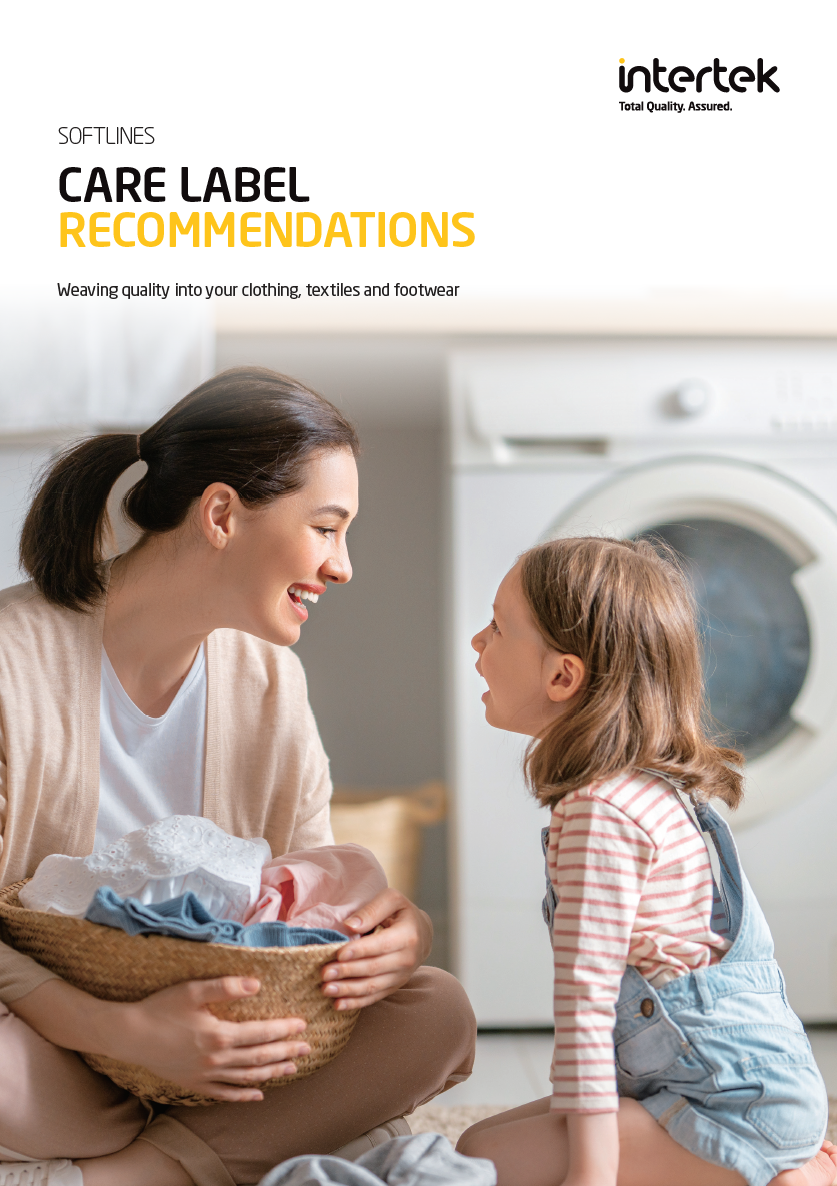Garment care labels provides guidelines to consumers and apparel caregivers about the best cleaning procedures to be used for a particular combination of fabric, thread, decoration, and construction techniques.
Following the instructions on Garment Care labels provide assurance that the appearance and fit of the garment will be maintained after repeated cleaning treatments. As manufacturers, importers and retailers, your brand value is dependent on each product’s appearance. How do you ensure that garment care labels placed on your product are understandable for consumers and apparel caregivers, while simultaneously meeting the national and international requirements trade?
Many countries have mandatory standards for care label instructions that apply to either apparel or soft home furnishing products. Some common countries are:
- Australia: Consumer Goods (Care Labelling) Information Standard 2023
- Canada: Care Labeling of Textiles (voluntary system and based on the industry best practice)
- China: Chinese Textile - Care Labelling Code Using Symbols
- European Union: Textiles - Care Labelling Code Using Symbols
- Japan: Textiles - Care Labelling Code Using Symbols
- USA: Care Labeling of Textile Wearing Apparel and Certain Piece Goods as amended - 16 CFR 423
- Taiwan: Textiles - Care labelling code using symbols
- Korea: Textiles - Care labelling code using symbols
Intertek conducts the following tests to determine the most appropriate consumer care conditions for the tested products:
- Colourfastness to washing or dry cleaning
- Colourfastness to bleaching
- Dimensional stability
- Appearance retention
- Ironing, if needed
Care labels provide information to consumers and apparel caregivers about the best cleaning procedures to be used for that particular combination of fabric, thread, decoration, and construction techniques. Following the instructions on care labels provides assurance that the appearance and the fit of the garment will be maintained after repeated cleaning treatments.
Download this brochure to learn more about care label requirements in Australia, Canada, China, the European Union, Japan, Korea, Taiwan and the USA.

